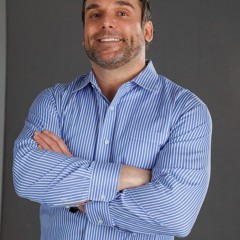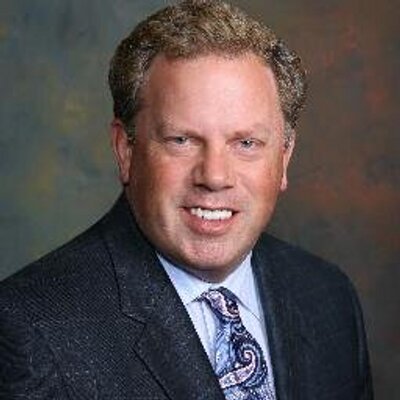In recent years, virtual reality has become increasingly popular as a tool for health education. From medical simulation training to immersive educational experiences, virtual reality has made it possible to explore anatomy, physiology, and disease processes in ways that were not previously possible.
Dr Charles Noplis, who served as a professor at the University of Louisville School of Medicine from 2003-2008, is a strong proponent of virtual reality’s role in health education. Let’s take a closer look at how this technology is being used to facilitate learning and improve patient outcomes.
Medical Simulation Training
Medical simulations are becoming an integral part of healthcare education. Virtual reality allows students to interact with realistic 3D models of patients and their symptoms in order to practice their skills and gain experience in a safe environment before treating actual patients. This type of training also allows students to practice difficult scenarios such as cardiac arrest or labor and delivery without putting real patients at risk.
Immersive Educational Experiences
Virtual reality can also be used for more than just medical simulation training; it can also provide an immersive educational experience where students can learn about various diseases or conditions without actually having to see them in person.
By using VR headsets and interactive software, students can explore the inner workings of the body on a cellular level while learning about important concepts like homeostasis, inflammation, or cancer development.
Conclusion:
The role of virtual reality in health education is rapidly growing as more and more educators recognize its potential for teaching complex concepts in an engaging way.
Virtual reality can provide realistic medical simulations which allow students to gain experience without endangering real patients and immersive educational experiences that let users explore the body on a cellular level while gaining valuable knowledge about anatomy and physiology.
Dr Charles Noplis was one among many who advocated for the use of virtual reality technology in healthcare education during his tenure at the University of Louisville School of Medicine from 2003-2008 – a testament to how far this technology has come since then!



